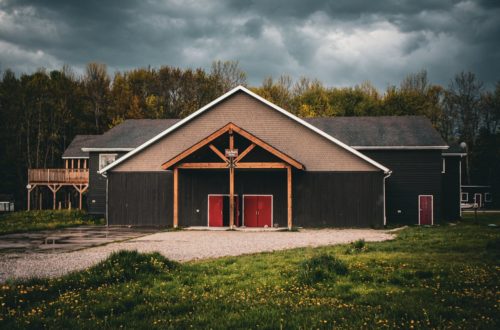A Reference Guide for Ideal Moving Timelines

Planning a move is no small feat, but having a well-thought-out timeline can turn chaos into calm. Whether you’re relocating to a new neighborhood or buying your first home, timing and organization are everything. We’ve created a reference guide for ideal moving timelines to help you get your ducks in a row and remain calm. Remember, one door closes and another opens.
Start Planning Early: 3 to 4 Months Before Moving
Once you’ve decided to move, the early planning phase is essential for laying a solid foundation. Start by finalizing the move date and creating a detailed moving checklist. If you’re hiring a moving company, now is the perfect time to research reputable movers, read reviews, and obtain quotes. Early bookings often secure better pricing and help you avoid last-minute rushing.
Use this time to declutter your current home by sorting items into categories—keep, donate, and discard. This process can reduce the workload on moving day and can also save money if you’re paying movers by weight or volume.
Mid-Stage Planning: 1 to 2 Months Pre-Move
With the groundwork laid, this is when the pace picks up. If you’re renting, provide notice to your landlord to adhere to lease agreement timelines. Next, gather packing materials—boxes, bubble wrap, and tape—and start packing. Begin with non-essential items, such as seasonal clothing, decor, and rarely used gadgets. Label boxes clearly with their destination room and contents for easy unpacking later.
This is also the ideal time to address administrative tasks, such as updating your address with utilities, banks, and subscriptions. Scheduling these updates ensures you won’t miss bills or important correspondence.
Fine-Tune Details in the Final Two to Four Weeks
The final month is where your focus shifts to the essential items you’ve been using daily. Pack these closer to moving day, leaving aside a personal essentials kit with toiletries, a few outfits, and any important documents. Confirm moving arrangements with your chosen movers or rental truck company and double-check details, such as the time and address.
If you’re moving appliances or electronics, now’s the time to prep those as well. Defrost your refrigerator a few days before the move and organize cables or accessories to make sure nothing gets misplaced.
Nail Down Moving Day Logistics
Moving day requires an efficient game plan. Start early by ensuring boxes are ready to load and walk movers through the placement of heavier or fragile items. If you’re driving items yourself, map out your route and confirm parking or unloading arrangements at your new home.
The keys to a stress-free residential move lie in following a clear timeline, taking on tasks in manageable stages, and preparing for each phase well in advance. A moving plan is not just about packing boxes; it’s about staying proactive and ensuring nothing falls through the cracks.
Now that you have a reference guide with ideal moving timelines, all that’s left to do is put it into practice. By starting early and staying organized, your move becomes less of a hassle and more of an exciting beginning.
Would you like to receive similar articles by email?





